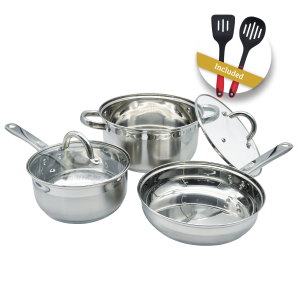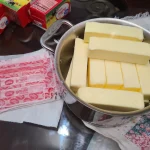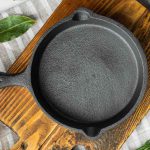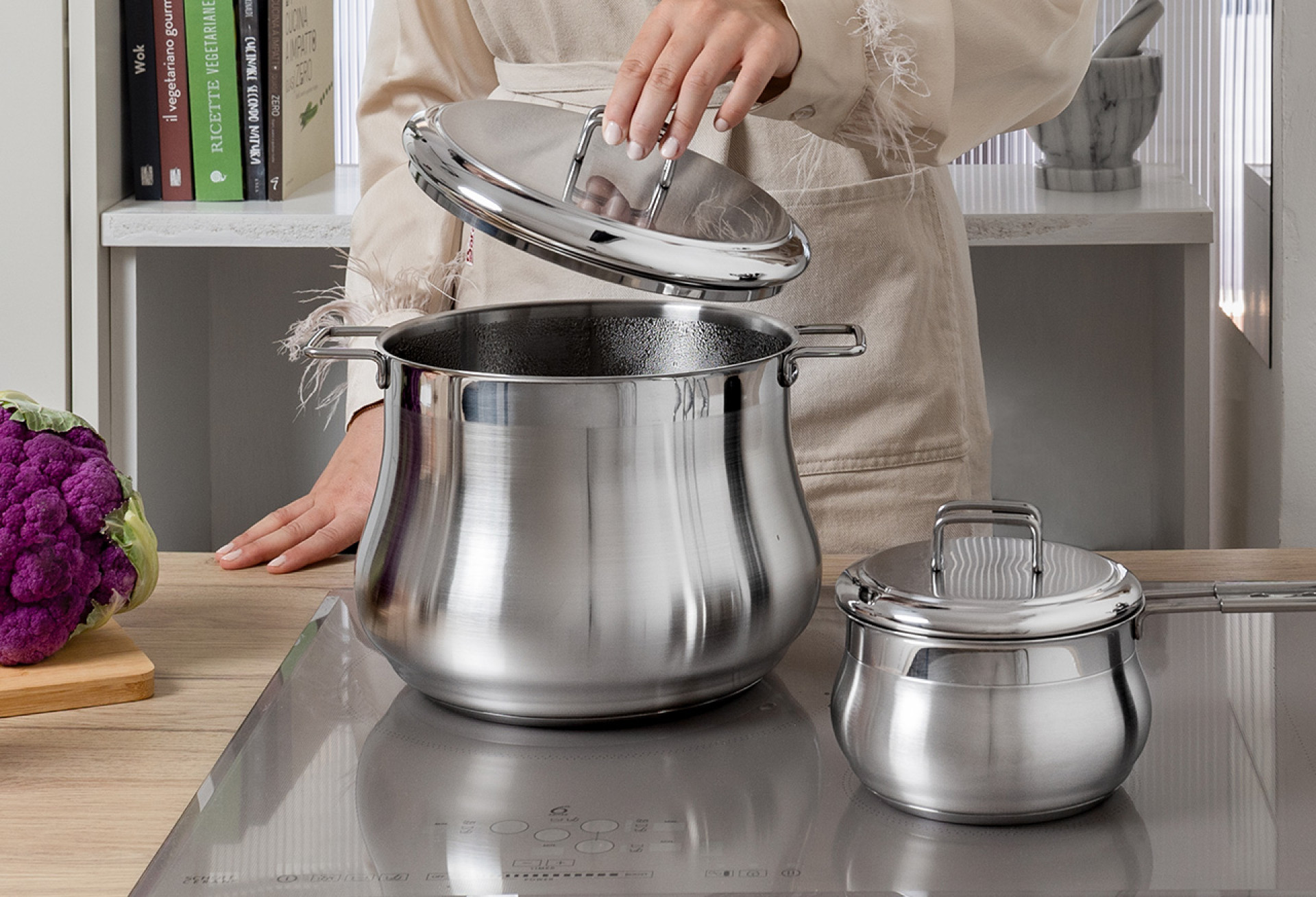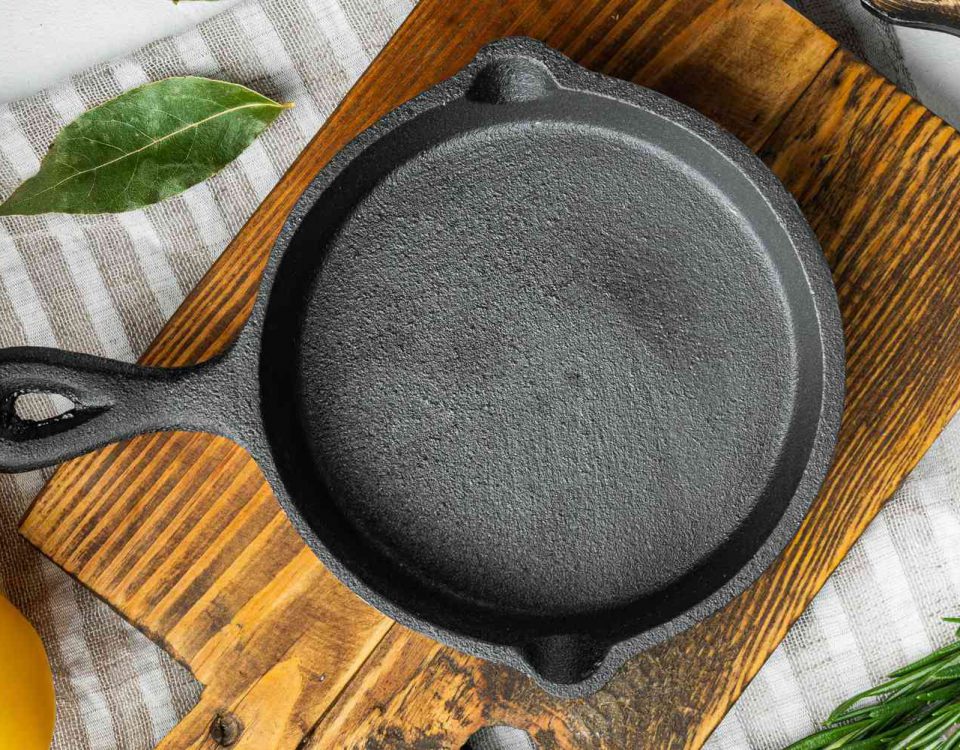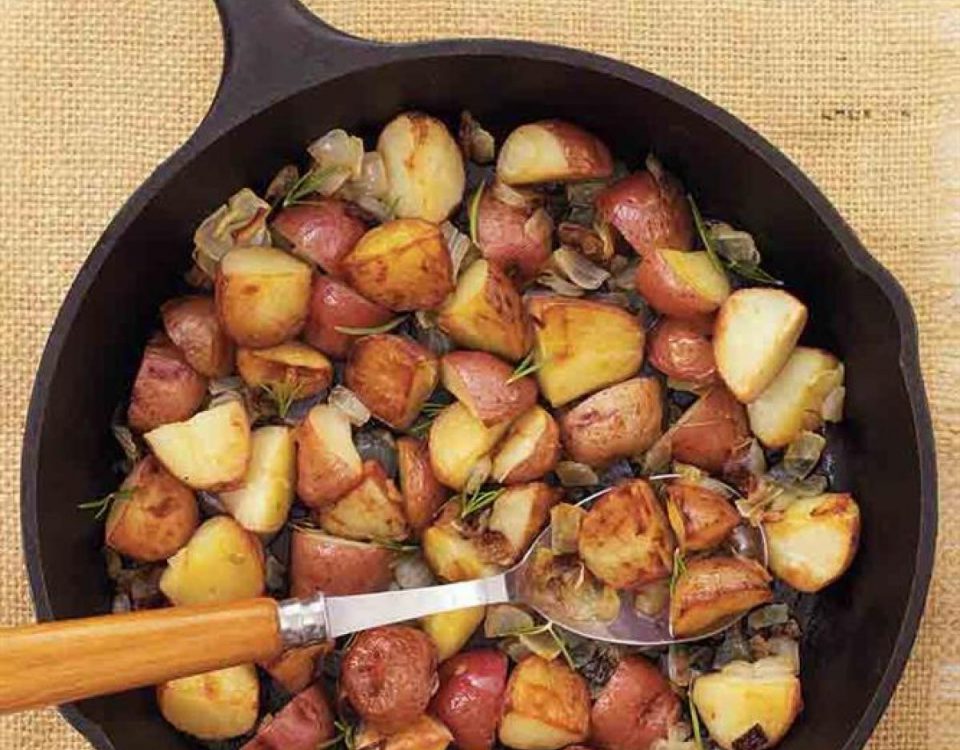Tips for Using Stainless Steel Cookware
Stainless steel cookware is a popular choice for many home cooks and professional chefs due to its durability, non-reactive nature, and sleek appearance. However, using stainless steel pots and pans effectively requires a bit of know-how. Here are some essential tips to get the most out of your stainless steel cookware.
1. Preheat Properly
One of the keys to cooking with stainless steel is preheating. Before adding any food or oil, heat the pan on medium heat for a few minutes. To test if the pan is hot enough, drop a few water droplets on the surface. If they sizzle and dance around, the pan is ready for cooking.
2. Use the Right Amount of Oil
After preheating, add a small amount of oil or butter to the pan. This creates a temporary non-stick surface. Swirl the oil to coat the bottom evenly. The right amount of fat prevents food from sticking without causing excessive greasiness.
3. Avoid Overcrowding
When cooking, avoid overcrowding the pan. Overcrowding lowers the temperature of the pan and causes food to release moisture, leading to steaming rather than searing. Cook in batches if necessary to maintain the right temperature and achieve a perfect sear.
4. Control the Heat
Stainless steel is known for its excellent heat distribution, but it also heats up quickly. Therefore, it’s important to control the heat and adjust as needed. Start with medium-high heat for searing, then reduce to medium or low to finish cooking. Avoid using high heat for extended periods to prevent food from burning and sticking.
5. Use the Right Utensils
Use utensils made of silicone, wood, or plastic to avoid scratching the surface of stainless steel cookware. Metal utensils can cause scratches, which may lead to more sticking over time and degrade the appearance of the cookware.
6. Deglaze for Flavor
After searing meat or sautéing vegetables, you’re left with flavorful browned bits stuck to the bottom of the pan. This is called fond. To make use of this, add a splash of liquid (wine, broth, or water) to deglaze the pan while the heat is still on. Scrape up the fond with a wooden spoon and incorporate it into your sauce or dish for an added depth of flavor.
7. Proper Cleaning
Cleaning stainless steel cookware requires some care to maintain its appearance and performance. Avoid using abrasive cleaners or steel wool, which can scratch the surface. Instead, use a soft sponge and mild dish soap. For stubborn food residues, soak the pan in warm soapy water or create a paste with baking soda and water, then scrub gently.
8. Avoid Extreme Temperature Changes
To prevent warping, avoid exposing stainless steel cookware to sudden temperature changes. For example, don’t pour cold water into a hot pan. Allow the pan to cool down slightly before washing it.
9. Seasoning for Better Performance
Although stainless steel is not inherently non-stick, you can season it to improve its non-stick properties. Heat the pan until it’s hot, then add a thin layer of oil. Let it cool and wipe off excess oil. This process helps to create a patina that improves the pan’s performance over time.
10. Storage Tips
Store your stainless steel cookware properly to avoid damage. Stack pans carefully to prevent scratches, and if possible, use pan protectors or soft cloths between pans. Hang pots and pans to save space and avoid nesting to maintain their shape and integrity.
In summary, stainless steel cookware is a versatile and durable option for any kitchen. By following these tips, you can maximize its performance and enjoy great results in your cooking. Whether you’re searing, sautéing, or deglazing, stainless steel cookware can help you achieve excellent culinary results when used correctly.

